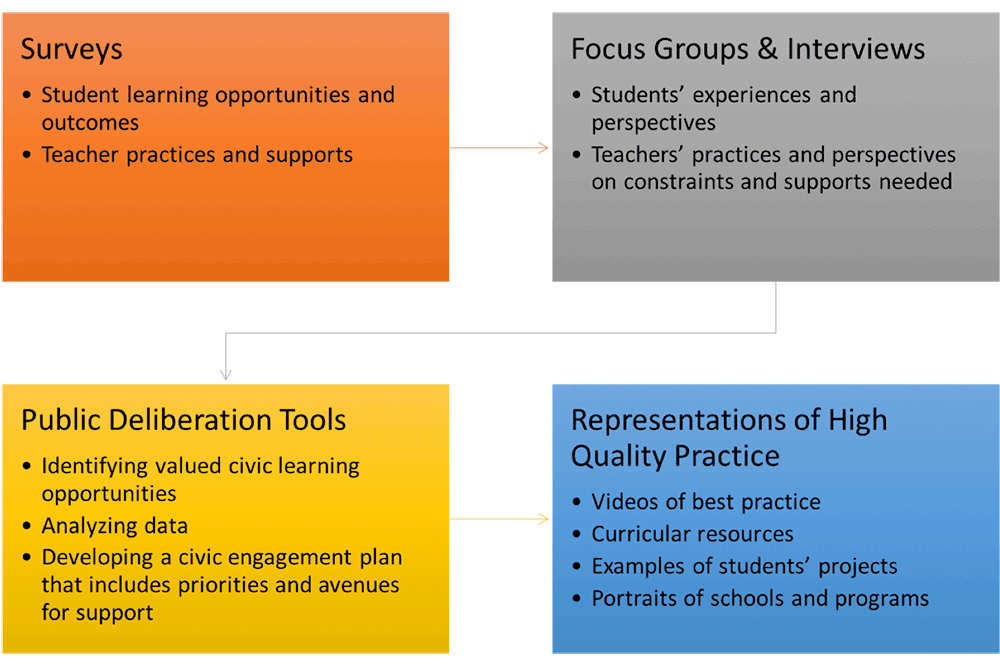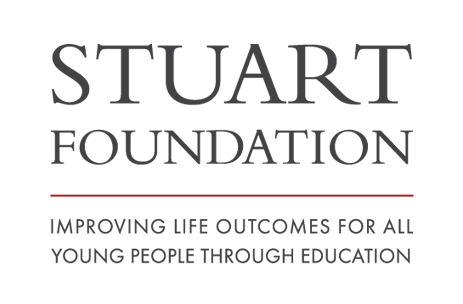LEADE Project
The Leveraging Equity and Access in Democratic Education (LEADE) initiative works with school districts and communities to implement a multi-faceted strategy for promoting young people’s equity and access to democratic education. One central part of our systemic reform effort is to work with key stakeholders to identify civic learning priorities in the district. We then develop research-based tools to measure what opportunities exist, who has access to them, the quality of those experiences, and the resulting outcomes. Next, we support districts to analyze and reflect on the data, engage in a process of public deliberation, and, ultimately, develop a civic learning plan to scale high-quality civic learning for all youth in the district. Finally, we support districts to identify and support professional development opportunities for educational leaders and teachers as well as elevate examples of high-quality practice in order to bolster efforts on the district, school, and classroom level.
Through these various efforts, the LEADE indicator system and technical support efforts enable districts and communities to work together to promote high quality civic learning opportunities for all students. To read more about the LEADE initiative click here.










